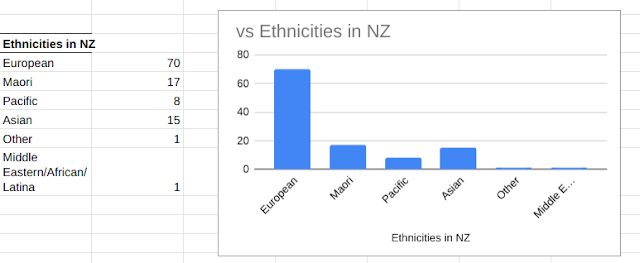TRANSCRIPT
Stated Clearly presents:
Can science explain the origin of life? A full scientific explanation for the origin of life does not currently exist, but research groups around the globe are tackling the mystery. Here we'll take a look at a few of their discoveries.
Darwin's theory of biological evolution tells us that all life on Earth may have originated from a single, relatively simple reproducing creature, living in the distant past. This idea is based on many observations one of which is that when living things reproduce, children are often born with random new traits.
Those with negative new traits are less likely to survive and reproduce. Those with positive new traits are more likely to survive and pass those traits on to their children. Over multiple generations, positive traits build up allowing relatively simple life forms to evolve into complex life forms and even split into multiple different species.
A careful look at the fossil record overwhelmingly confirms Darwin's theory - life forms get simpler and simpler as we go back in time. The record suggests that all life on Earth emerged from primitive cellular colonies which first appeared roughly three and a half billion years ago.
But how did those first reproducing creatures come about? Even the simplest bacteria alive today are far too complex to have popped into existence in a single step. Furthermore, the first reproducing creature could not have developed through biological evolution, because biological evolution requires reproduction in order to work.
The origin of life needs its own explanation.
The most promising idea right now, the one which is consistently leading scientist to new discoveries, is the idea that life emerged from chemistry.
Chemistry is the study of matter - particularly, how atoms interact and combine to form molecules, and how those molecules interact and combined to form larger systems and structures.
Everything is made of chemicals. The air we breathe….the ground we walk on….the shoes on our feet….even the feet inside our shoes. That said, the chemistry and life is special in two very important ways.
First, the chemistry of life is organized into metabolic pathways. If you look at the cells of any living thing, even a plant which you wouldn't normally think of as being very lively, you discover a world of activity.
Chemical reactions occur in continuous orderly paths, each reaction sparking the next. Scientists call these strange reactions, metabolic pathways.
The second oddity of life's chemistry, is that living cells are made of special molecules building blocks like amino acids and sugars which we once thought could not be found outside of life. These building blocks combine to form highly complex and orderly structures like genes, proteins, and cell membranes.
In the past, scientist had no idea what powered the strange activities of life, and produced its unique chemicals. They concluded that life must be fueled by a mysterious energy they called it: The Vital Force.
In 1828 a chemist by the name of Friedrich Wöhler, accidentally produced urea in his lab. Urea is one of the main components of urine. One of many chemicals that the scientists of his time thought could only be produced by the Vital Force, acting inside a living creature. The artificial production and urea suggested that life might not be powered by a mysterious force, but instead is powered by normal chemical reactions, which could be studied and understood.
Since that time, numerous molecules and cellular activities have been recreated in the lab, clearly demonstrating life powered by normal chemical reactions, and suggesting that life may have emerged from non-living chemistry.
Amino acids and sugars exist inside meteorites - rocks which have fallen to the earth from outer space. This tells us that these special molecules are being produced spontaneously all throughout our solar system and may have been common on the ancient Earth.
We've also discovered a process now referred to as Chemical Evolution. When simple molecules are left alone with an energy source, they interact with one another often forming larger more complex molecules as time goes on.
Experiments in the lab have shown that chains of chemical reactions can develop, some of which resemble the metabolic pathways of life.
Surprisingly, we've also found that certain molecules have the remarkable ability to self-assemble into complex orderly structures. Some self-assemble into hollow spheres almost identical to the membranes of modern living cells. Others self-assemble into long columns remarkably similar to the strains of DNA found in life.
Scientists still have many questions to answer about life's origins:

So... back to the original question, can science explain the origin of life?
Science has not explained the origin of life in full detail, but researchers are building a theory intended to one day describe, start to finish, how basic chemistry can give rise to living cells. (WOW!)
I'm Jon Perry and that's the origin of life, as we understand it so far, Stated Clearly.
Your notes:

Biological-related to biology or living organisms.
Reproduction: keep on going back to live
Vital-absolutely necessary; essential.
Chemistry-the branch of science concerned with the substances of which matter is composed, the investigation of their properties and reactions, and the use of such reactions to form new substances.
Molecules-a group of atoms that are linked together
Metabolic- related or deriving of a living organism
Membranes- thin layer of something









